The devastating wildfires that swept through Maui in August 2023 left deep scars across the island, particularly in historic Lahaina town and surrounding areas. As recovery efforts continue, authorities have begun carefully reopening certain regions to residents and visitors while emphasizing that full restoration will take years. This guide provides updated information on accessible areas, travel considerations, and how tourists can respectfully engage with Maui's recovery process.
West Maui's Phased Reopening marks a delicate balance between supporting the local economy and honoring the ongoing healing process. The stretch from Kapalua to Kahana reopened to tourism in November 2023, followed by northern areas including Honokowai and Napili. These regions escaped significant fire damage and can accommodate visitors while keeping pressure off more severely affected zones. Hotels and vacation rentals in these areas have implemented strict cancellation policies to prevent last-minute changes that could hurt businesses counting on tourism dollars.
Lahaina itself remains largely closed except to residents with proper documentation. The famous Front Street, once bustling with shops and restaurants, now exists behind checkpoints as crews work to clear debris and assess infrastructure. Some businesses have temporarily relocated to other parts of the island, creating pop-up versions of beloved establishments. The banyan tree that stood as Lahaina's centerpiece shows signs of recovery after intensive care from arborists, becoming a symbol of the community's resilience.
Road access throughout West Maui continues to evolve weekly. The Honoapiʻilani Highway now allows full through traffic after months of restrictions, though drivers will notice numerous work zones with reduced speeds. Rental car companies have reported that many visitors are opting for smaller vehicles better suited to navigating these conditions while minimizing their environmental impact. Helicopter tours over affected areas remain suspended to respect privacy during recovery.
East Maui and the road to Hana never closed and continue welcoming visitors with their lush landscapes intact. However, locals request that tourists remember these areas are home to residents processing tremendous loss. The Hawaii Tourism Authority has launched a "Malama Maui" campaign encouraging mindful visitation - volunteering a few hours at a restoration project, patronizing relocated businesses, or simply engaging in quiet appreciation of the island's natural beauty rather than celebratory behaviors inappropriate for the current atmosphere.
Accommodation options vary significantly by region. Resorts in Wailea and Ka'anapali operate at near-normal capacity, while vacation rental platforms now clearly mark properties in appropriate zones. Many hotels have implemented programs where guests can donate unused resort credits to recovery funds or purchase gift certificates from affected businesses. Some properties offer special rates for displaced residents and relief workers, so visitors may find certain dates blocked for these priority groups.
The culinary scene demonstrates Maui's remarkable adaptability. Food trucks now cluster in safe zones serving both traditional favorites and innovative dishes created from available ingredients. Farmers markets have expanded hours to support local agriculture impacted by the fires. Several renowned chefs have transformed their operations into community kitchens when not serving paying customers, creating opportunities for visitors to contribute through organized meal sponsorship programs.
Cultural sites require particular sensitivity. Many historically significant Hawaiian landmarks in the burn zone remain inaccessible, but alternatives exist. The Bailey House Museum in Wailuku has expanded its exhibits to document Maui's history and the fires' impact. The Maui Arts & Cultural Center hosts regular events celebrating local artistry while raising recovery funds. Traditional hula performances continue at designated venues, often incorporating new chants honoring those affected by the disaster.
Outdoor activities present both opportunities and responsibilities. Snorkeling at Molokini and along the southern coast remains spectacular, with operators noting increased marine life in these protected areas. Hiking trails in Haleakalā National Park stayed open throughout the crisis, offering breathtaking views unchanged by the fires. Tour companies emphasize leaving no trace and avoiding areas marked for ecological recovery, as the fragile landscape faces new pressures from erosion and invasive species.
Travel insurance has become non-negotiable for Maui visits. Providers have created specific policies covering fire-related disruptions after standard plans proved inadequate during the initial disaster. Medical evacuation coverage takes on new importance given reduced hospital capacity in West Maui. Airlines maintain flexible change policies for Maui-bound flights, recognizing that some travelers may need to adjust plans as recovery timelines evolve.
The most frequent question from prospective visitors - "Is it okay to come to Maui now?" - receives nuanced answers from officials. Yes, to certain areas that depend on tourism dollars to survive. No, if expecting the typical vacation experience without acknowledging recent trauma. Maybe, if willing to adapt itineraries to current realities. What remains unquestionable is the aloha spirit shining through every interaction, as residents demonstrate incredible strength while rebuilding their home one day at a time.

By George Bailey/Apr 11, 2025
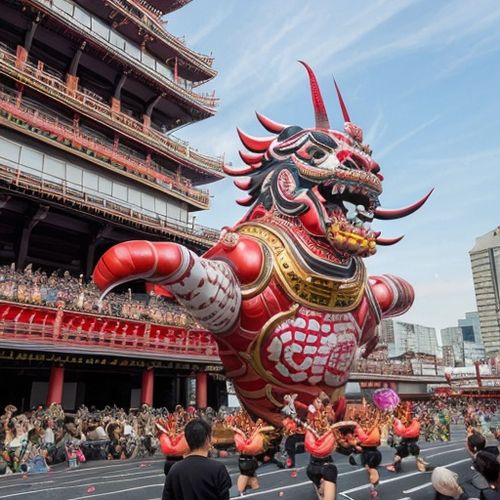
By Lily Simpson/Apr 11, 2025

By Emma Thompson/Apr 11, 2025
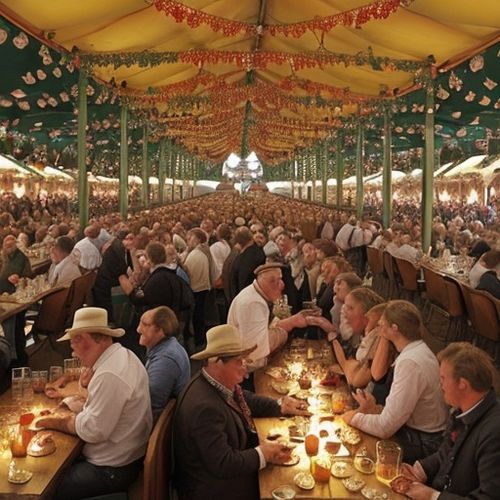
By Victoria Gonzalez/Apr 11, 2025

By Amanda Phillips/Apr 11, 2025
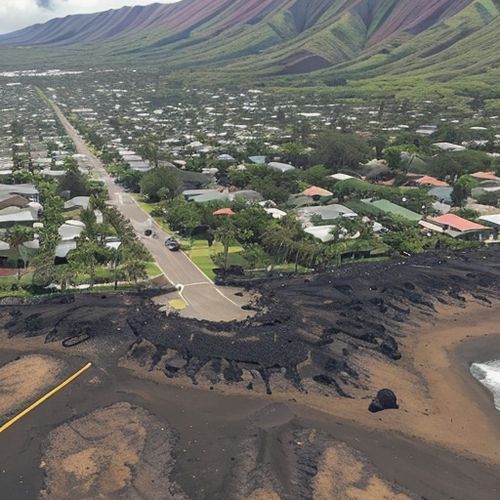
By Benjamin Evans/Apr 11, 2025
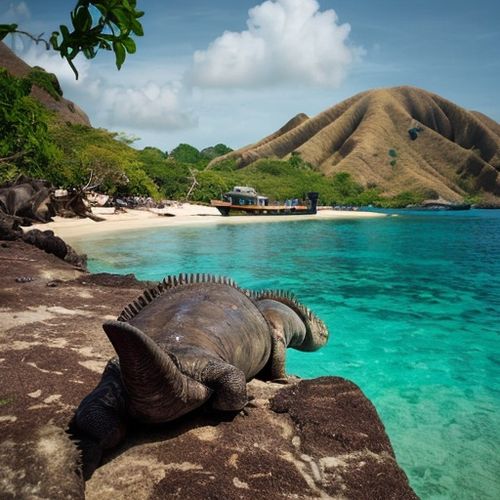
By William Miller/Apr 11, 2025

By Grace Cox/Apr 11, 2025
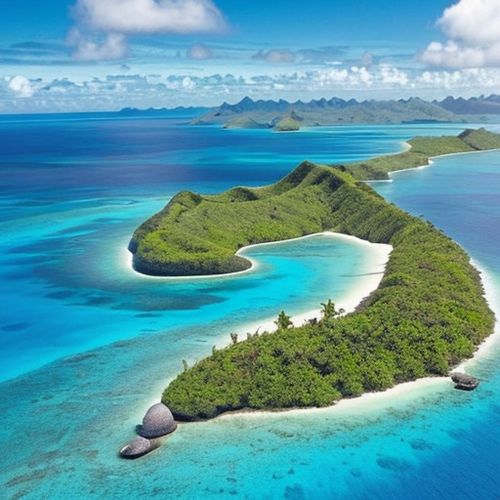
By Emma Thompson/Apr 11, 2025
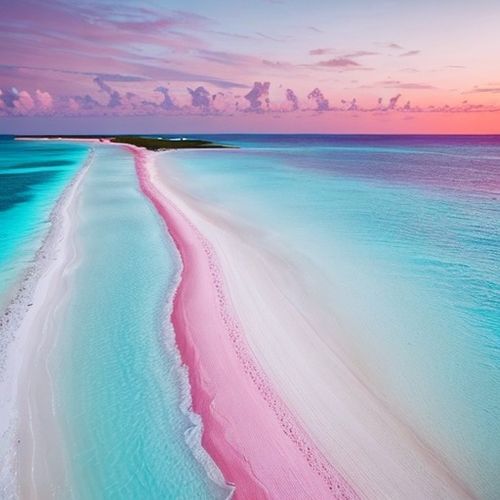
By Amanda Phillips/Apr 11, 2025
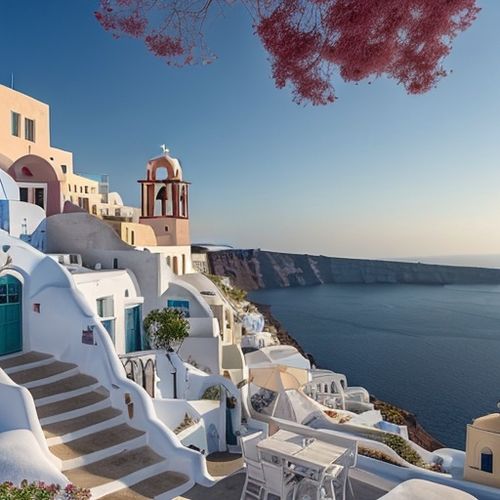
By Christopher Harris/Apr 11, 2025

By Noah Bell/Apr 11, 2025
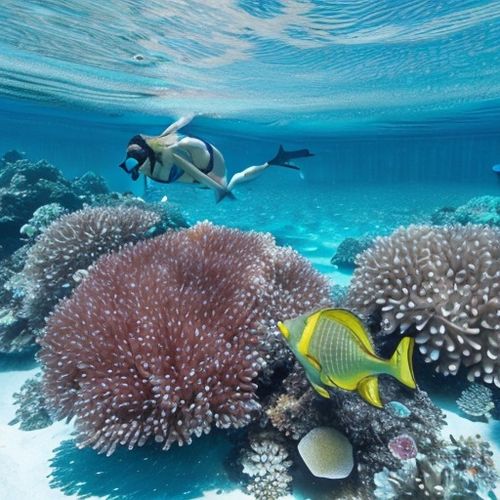
By Victoria Gonzalez/Apr 11, 2025
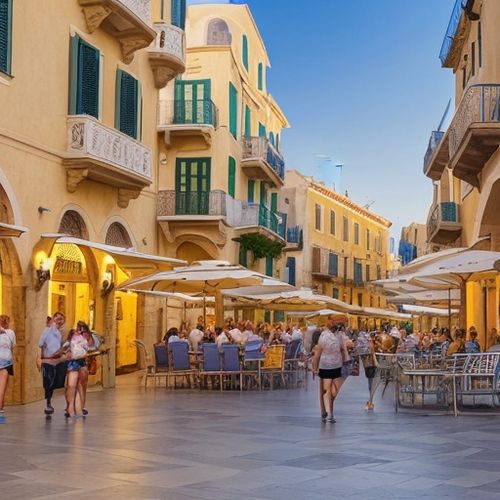
By Eric Ward/Apr 11, 2025
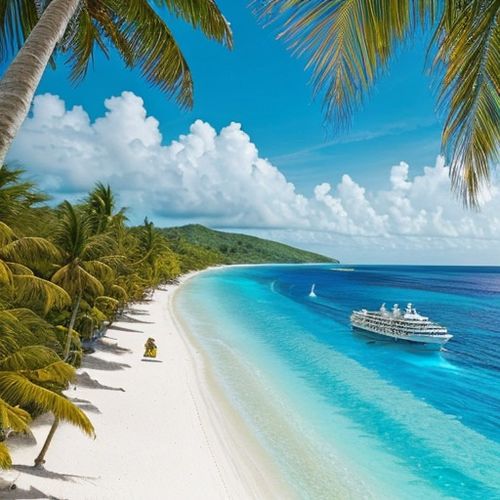
By Christopher Harris/Apr 11, 2025
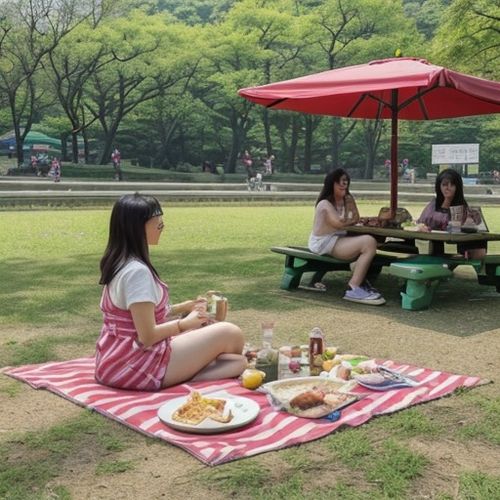
By David Anderson/Apr 11, 2025

By Christopher Harris/Apr 11, 2025

By Emily Johnson/Apr 11, 2025
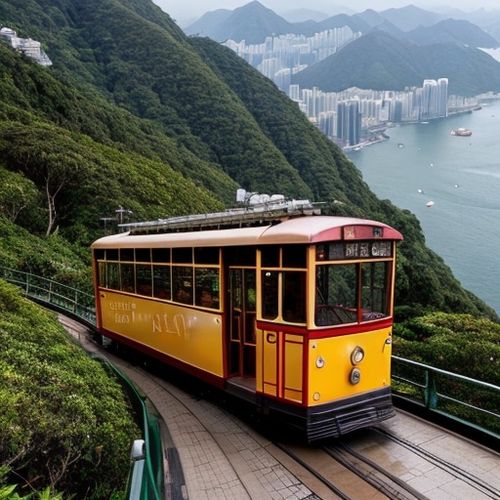
By Sophia Lewis/Apr 11, 2025

By Jessica Lee/Apr 11, 2025